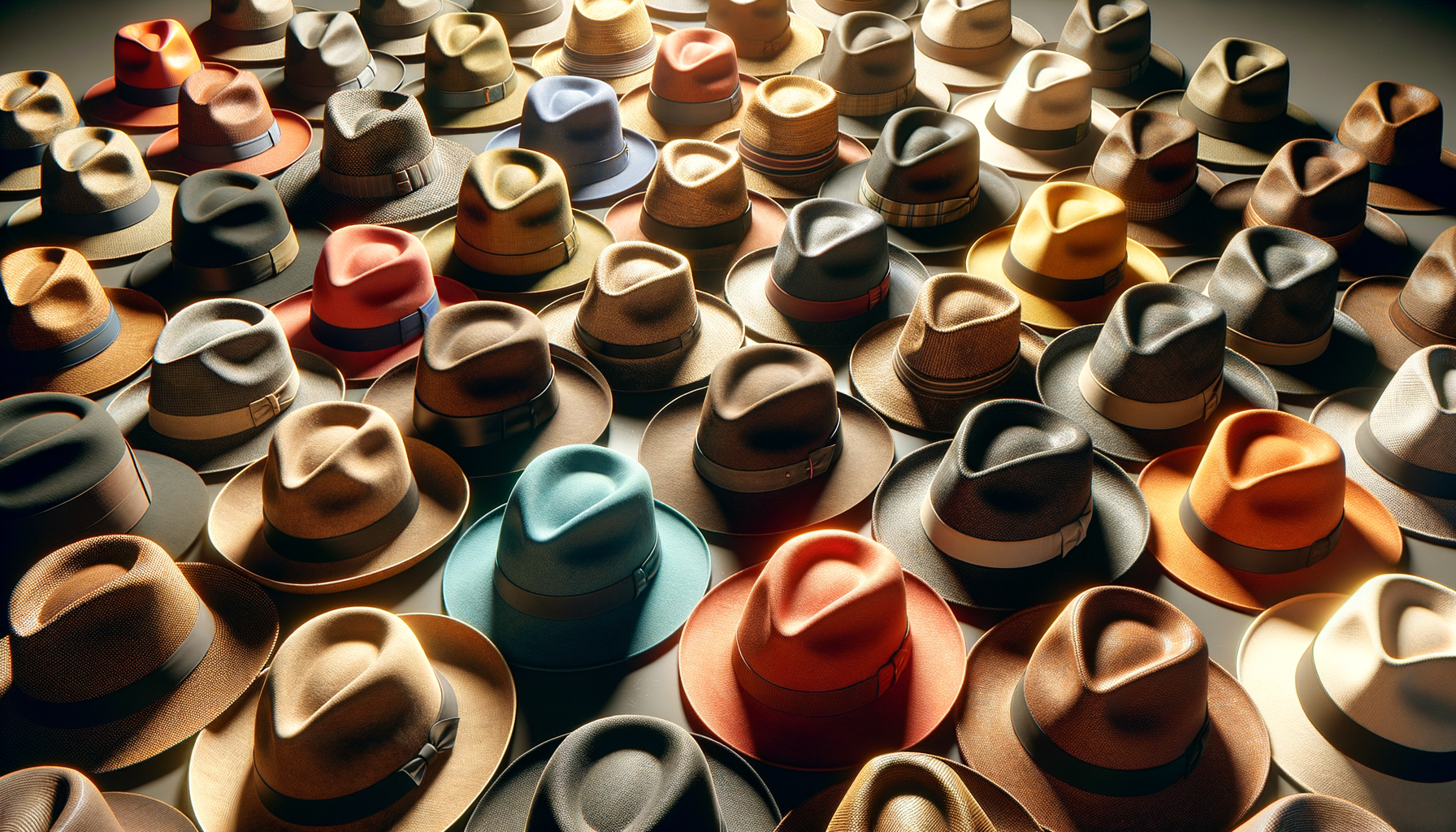
Things You Need To Know About Fedora Hats
History and Evolution of Fedora Hats
The fedora hat has a rich history that dates back to the late 19th century. Originally, the term “fedora” was used in a play by the same name, where the protagonist wore a soft-brimmed hat with a distinctive crease. This style quickly gained popularity among women and later became a staple in men’s fashion. By the early 20th century, fedora hats had become synonymous with sophistication and were widely adopted by both genders.
Throughout the decades, the fedora has undergone various transformations, adapting to the changing fashion trends. In the 1920s and 30s, it was a symbol of the urban gentleman, often seen on the heads of gangsters and movie stars alike. The hat’s popularity surged again in the 1950s and 60s, thanks to its association with iconic figures in Hollywood.
Today, the fedora continues to be a versatile accessory, appreciated for its ability to add a touch of class to any outfit. Its evolution reflects broader changes in fashion, illustrating how a single accessory can adapt and remain relevant across different eras.
Materials and Craftsmanship
Fedora hats are crafted from a variety of materials, each contributing to their unique look and feel. Traditionally, they are made from felt, which is derived from animal hair such as rabbit or beaver. Felt fedoras are prized for their durability and water resistance, making them a practical choice for all-weather wear.
In addition to felt, straw is another popular material used in the construction of fedoras. Straw fedoras are lightweight and breathable, ideal for summer months or warmer climates. The weaving techniques used in straw hats can vary, with some featuring intricate patterns that add to their visual appeal.
The craftsmanship involved in making a fedora is a testament to the skill and artistry of hat makers. From shaping the crown to stitching the brim, each step requires precision and attention to detail. This dedication to quality ensures that fedoras not only look good but also stand the test of time.
Styles and Variations
Fedora hats come in a myriad of styles and variations, allowing wearers to express their personal taste. The classic fedora features a wide brim and a pinched crown, but within this framework, there are numerous adaptations.
Some fedoras have a shorter brim, known as the “trilby,” which offers a more modern and casual look. Others may have a wider brim, providing added sun protection and a more dramatic appearance. The height and shape of the crown can also vary, with some fedoras featuring a teardrop or diamond crown.
Color and embellishments further diversify fedora styles. While traditional colors like black, gray, and brown are timeless, contemporary fedoras are available in a spectrum of hues. Bands, feathers, and pins are common adornments, allowing for further customization and flair.
How to Wear a Fedora Hat
Wearing a fedora hat can elevate an outfit, but knowing how to style it is key to pulling off the look. The versatility of a fedora makes it suitable for both casual and formal occasions, depending on how it is paired with other clothing items.
For a classic, polished appearance, pair a felt fedora with a tailored suit or a smart blazer. This combination exudes sophistication and is perfect for events that call for a touch of elegance. On the other hand, a straw fedora can be matched with a casual ensemble, such as a linen shirt and chinos, for a relaxed, summery vibe.
When wearing a fedora, consider the proportions of your outfit. The hat should complement, not overpower, your look. It’s also essential to wear the fedora at the right angle; tilting it slightly can add a sense of mystery and style.
Caring for Your Fedora
Proper care and maintenance are crucial to preserving the appearance and longevity of a fedora hat. Regular cleaning and storage practices can prevent damage and keep your hat looking new for years to come.
Felt fedoras should be brushed regularly with a soft-bristle brush to remove dust and debris. If the hat becomes wet, allow it to air dry naturally, avoiding direct heat sources that could warp the shape. Straw fedoras require gentle handling, and any stains can often be removed with a damp cloth.
When not in use, store your fedora in a cool, dry place. Using a hat box or a shelf that supports the brim can help maintain its shape. Avoid hanging the hat by its brim, as this can lead to distortion over time.
By following these care tips, you can ensure that your fedora remains a stylish and functional accessory in your wardrobe.


